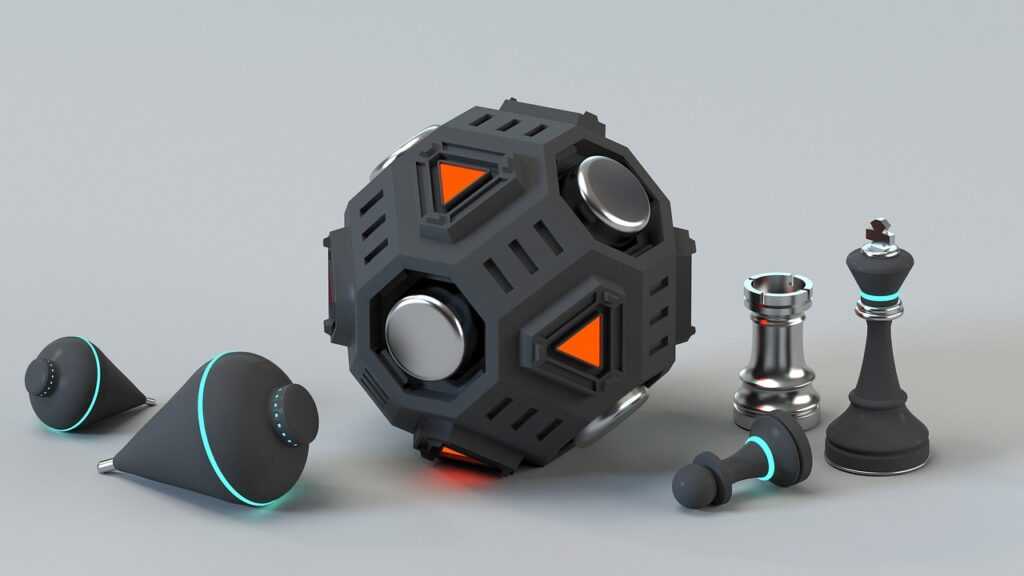Artificial intelligence is becoming increasingly integrated into esports, transforming the way match predictions are made. In the past, forecasts were built mainly on the analyst’s personal experience and subjective observations, but today algorithms and machine learning take center stage. They can process massive amounts of statistics, uncover hidden patterns, and deliver precise probability estimates. This is especially evident in disciplines where the number of factors influencing the outcome is too great for straightforward analysis. As a result, predictions become not just assumptions but a more refined, data-driven process.
Integrating AI into Statistical Analysis
One of the most obvious ways to apply artificial intelligence is through the automated processing and comparison of player statistics. In the past, this required manually reviewing demos, taking notes, and building spreadsheets, but now algorithms can do it in seconds. AI can account for dozens of factors at once: performance across different patches, reactions to map changes, win rate in clutch situations, or even the frequency of successful aggressive pushes from specific positions. This approach helps eliminate human bias and rely on concrete data.
In shooters, this is especially important since different players use their own crosshair settings, mouse sensitivity, and field-of-view parameters. Even such seemingly minor details can significantly affect results. Accurate evaluation often requires tools like cs2 sens converter, which allows sensitivity to be adapted between different games. This is useful not only for players transitioning from one title to another but also for analysts who need to factor in how settings influence overall shooting accuracy.
These capabilities are already implemented in specific services. For example, GGPredict for CS2 analyzes demos, identifies a player’s weaknesses, and suggests ways to improve. Mobalytics for League of Legends and Valorant uses machine learning to assess playstyle and provide personalized recommendations. Visor for Overwatch and Apex Legends tracks behavior in real time, analyzing positioning and reactions to match events. These examples show that AI can do more than just collect raw numbers—it can turn them into insights that directly influence predictions and strategy.
Pattern-Based Game Predictions

Many AI models today are designed to recognize patterns in the behavior of teams and individual players. Patterns refer to recurring actions or strategies that a team uses from match to match. These can range from broad tendencies—such as aggressive play at the start of a map—to small details, like frequently taking a specific route when pushing a site. The machine can analyze hundreds of matches to identify these patterns and produce more accurate predictions.
In MOBA titles like Dota 2, this is especially noticeable. An algorithm might detect that a team almost always takes Roshan within the first 20 minutes or prefers to push only after securing key items. In shooters like CS2, AI can determine that a team consistently takes the same positions in pistol rounds or follows the same buying pattern. For a human analyst, such trends might only become obvious after extended observation, whereas an algorithm can spot them in seconds by comparing them against a database of thousands of matches.
Real-world examples already exist. Shadow.GG for CS2 and Valorant provides visualizations of strategies and tactical patterns, highlighting repeated team behaviors. Bayes Esports applies machine learning to identify trends in official tournament data and integrates these patterns into prediction models. Esports One uses AI to suggest, in real time, what actions a team is most likely to take next based on its past behavior. All of this gives bettors and analysts a significant advantage when assessing a match’s potential outcome.
Using AI for Match Simulations
A separate area of AI application in esports is match simulation. In this case, the algorithm uses player statistics, the history of their past encounters, current form, and even the context of recent changes in the game. The system essentially “plays out” the match in a virtual environment, modeling thousands of possible scenarios to determine the likelihood of each side winning. This approach provides a much deeper understanding of potential outcomes than traditional analysis.
These simulations account not only for obvious indicators such as shooting accuracy or win rate but also for less noticeable factors. For example, player fatigue after a dense tournament schedule, recent roster changes, or even adaptation to a new patch. In some cases, AI can simulate a situation where the favorite loses due to accumulated psychological and physical strain, making predictions more realistic.
Such solutions are already being used by professional services. Abios Esports employs its own models to run thousands of match simulations for CS2, Dota 2, and Valorant, producing outcome probabilities for different scenarios. Quarterback Inc. integrates in-game data into simulations to help players and coaches develop strategies against specific opponents. And Sportsradar has adapted its sports simulation technologies for esports, offering betting platforms probability models that are as close to reality as possible. All of this makes AI an indispensable tool for those who want to assess a match not only by past results but also by dozens of possible future outcomes.
Personal Experience Observing the Implementation of AI

I increasingly see AI in betting being viewed not as a replacement for analysts but as an additional tool that enhances their work. Algorithms help quickly process data, identify key details, and deliver ready-to-use analytics. This is especially useful in live matches, when there is almost no time for in-depth analysis and betting decisions need to be made within seconds.
For example, some platforms display a team’s win probability in real time, factoring in already played maps, current economy, and even recent winning or losing streaks. If a team unexpectedly changes its strategy or opts for an unconventional pick, AI can recalculate the prediction during the match itself. This approach allows bets to be adjusted to evolving circumstances rather than relying on a static pre-match assessment.
Good examples include services like Pinnacle’s Bet Calculator, which uses AI to adjust odds in real time, Abios Live Data with integrated in-play analytics, and Genius Sports Esports Solutions, which enables betting operators to update predictions as the game unfolds. All of this shows that AI is becoming not a competitor to humans but an assistant that removes routine tasks and allows a focus on strategic decision-making.
Conclusion
AI in esports betting is not just a passing trend but a logical evolution of analytics. These technologies help collect and interpret data faster and more accurately than a human ever could, while still leaving room for human intuition. I believe that in the coming years, such tools will become an industry standard rather than an exception.


